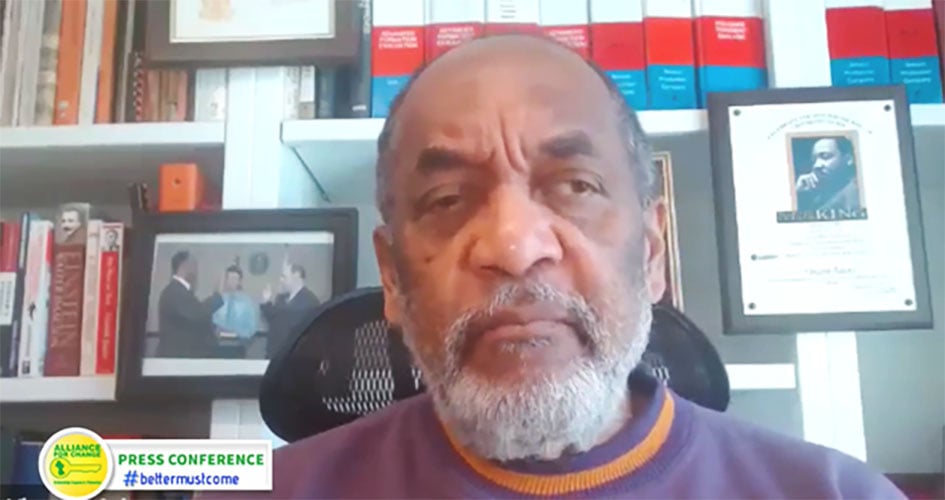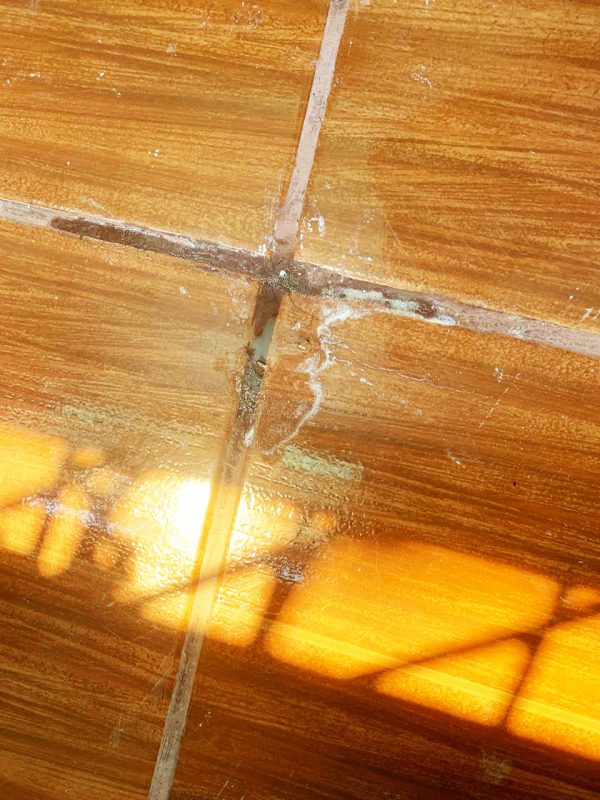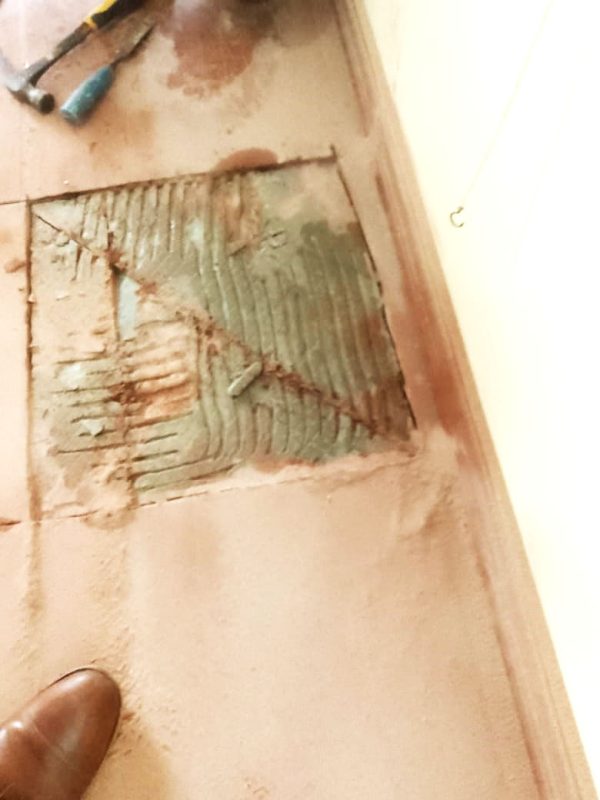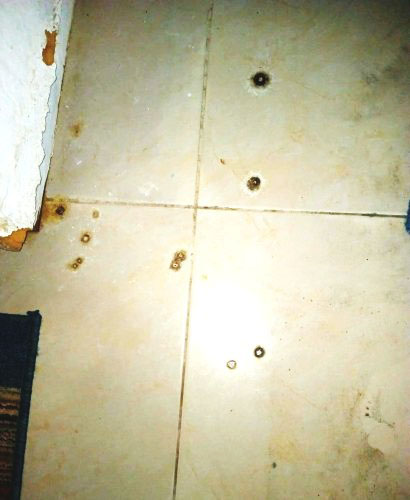The Environmental Protection Agency (EPA) said yesterday that ExxonMobil Guyana Limited (EMGL) has implemented the Project Community Grievance Mechanism, which is part of its mandate, with regard to the noxious substance that has been seeping into the homes of some residents at Crane, West Coast Demerara.
According to a statement from the EPA, it had instructed EMGL to immediately activate an investigation into the seepage, which residents had begun noticing some weeks ago. It added that under the grievance mechanism process, EMGL was conducting an independent investigation into the seepage. “These findings will be reported to the agency, evaluated by the EPA’s technical team, and appropriately disseminated as soon as the information becomes available,” the statement said. “The agency will take any action necessary based on the findings from these investigations.”
It added that the investigations must be “done thoroughly and samples are being sent for further lab testing, as the agency’s initial tests using field equipment have been inconclusive. At the moment, as the investigations continue, the EPA and the Guyana Geology and Mines Commission (GGMC) are awaiting the results of the lab analysis from the government’s forensic lab.”
Further, the statement appealed “to all concerned parties to desist from making public statements that will only serve to cause alarm and create panic among residents of these areas”.
Yesterday’s statement follows criticism by former EPA head Dr Vincent Adams of the agency’s handling of the situation during an AFC press conference on Friday.
Dr Adams had accused the agency of “pussyfooting around”. He questioned why the EPA was focused on collecting tile samples instead of investigating the substance’s source underground, suggesting that borehole drilling should begin immediately to trace the origin. He called on the government to urgently relocate affected residents to safer accommodations and show compassion towards those impacted.
He further advised that the government should procure experts in geotechnical and hydrogeological fields to conduct an independent investigation, asserting that the EPA lacked the technical expertise needed to properly assess the situation. He also questioned whether there could be a more visible source nearby, such as a leaking gas station or fuel storage tanks, adding that an offshore leak was unlikely given the newly built gas pipeline should currently be empty.
Residents had first noticed the clear oily substance oozing up through their floors several weeks ago. Since then, one resident, Basmatie Singh, had described her daily life as increasingly difficult. “In the morning, when you come downstairs, your face starts burning, your eyes sting, and your skin feels on fire,” she had said, adding that she had resorted to cooking outside and mopping the floors multiple times a day to cope. Another resident, Priya Singh, reported that the substance was “drilling holes” in her tiles and leaving visible marks.
The EPA had responded to the situation initially by conducting scans in the affected homes, which detected high levels of sulfur dioxide in the area of Basmatie Singh’s home.
In a statement last Wednesday the EPA had said that it was collaborating with the GGMC, Guyana Sugar Corporation and the Pesticides and Toxic Chemicals Control Board to identify the cause and nature of the seepage. The agencies had taken samples of the seepage, including removing tiles for testing.








